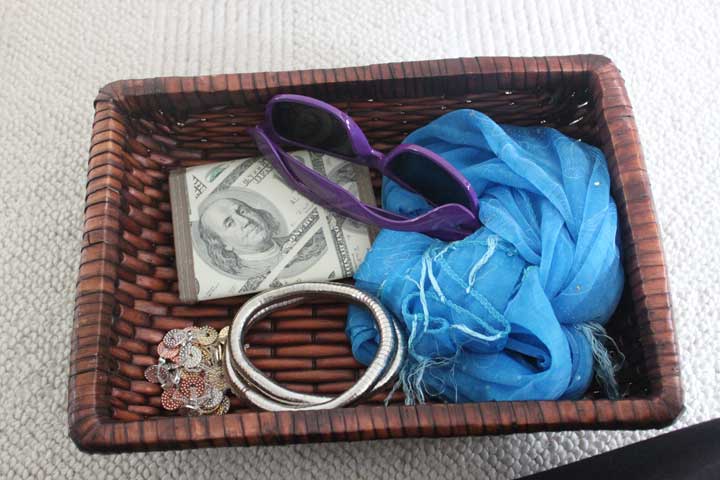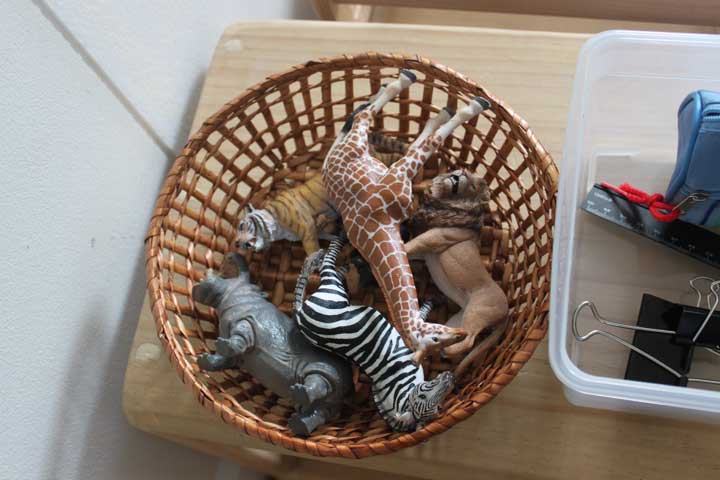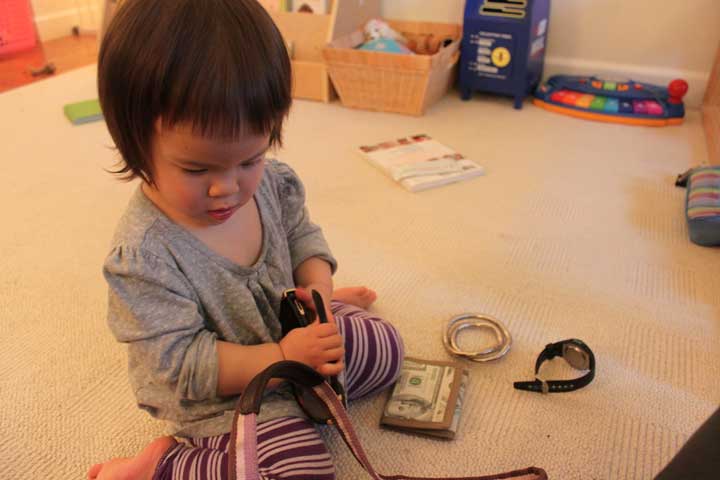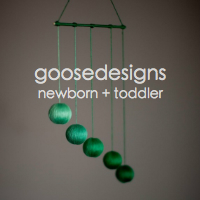Collaborating With Your Child

Most adults just want to do things FOR the child. Why? It’s so much easier than teaching them to do it.
Let’s take cleaning up after meals for instance. You have two choices, you can clean the table for them, that takes about 30 seconds. OR you can have them do it. Then you have to figure out where to put the dirty dishes, how they will wipe the table, where to put the sponge, how they will clean their hands. And then once you’ve got the logistics down, you have to show them how to do it and then enforce it over and over and over and over and over…
One is clearly easier than the other. But one will make you feel like it’s Groundhog’s Day and you are playing the role of the slave, while the other gives your child the opportunity to practice motor skills, develop attention to detail, learn sequencing and give him a sense of independence that lead to happy, secure, confident children.
So you pick.
For those of you courageous and conscientious enough to take the second route, I have a piece of advice. When you are teaching your child to clean up after meals (this really applies to everything, but I’m just using this as an example), collaborate with them. Young children cannot do it all on their own all at once. They will be able to eventually, but it can be overwhelming at this age. So I’ll say, “Let’s clean up together. I’ll put the bowl and the plate in the dishcart and you put the spoon in the dishcart.” OR “Let’s clean up together. You put this bowl (I’ll pick it up from the table) in the dishcart.” Then I’ll hand them the plate for them to put in the dishcart, the spoon, etc. As long as they are doing something toward cleaning, that is what you’re looking for. Even if at the end, you feel you did most of the cleaning, if they participated, then you are on the right path. Gradually, over time, you can pull back and they can do more. There will be regression on bad days. If they are tired or cranky, don’t force it. Don’t punish them for not cleaning. Instead, use these words often, “Let’s do it together!” Even if you end up doing most of it that day, let it go. Tomorrow, when they are in a better place, they will do more of it.
I have a lot empathy for little ones. Transitioning from a baby in mama’s arms where everything is done to becoming your own little person – it’s a big transition. If you’re willing to collaborate with them, it’ll make their life –and yours – a little easier.













